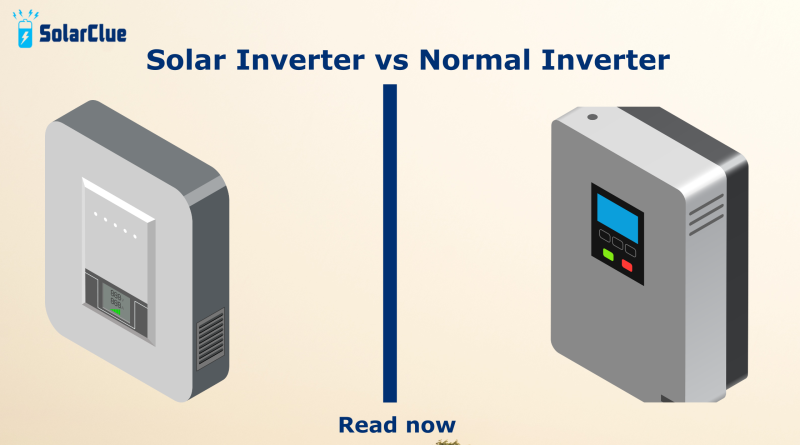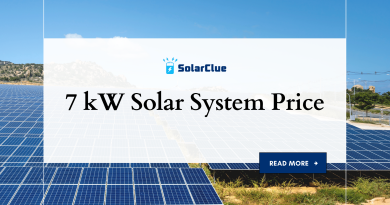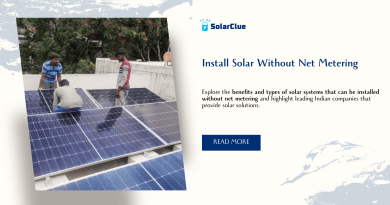Exploring the Differences
1. Source of DC Power:
Solar Inverter: These inverters are specifically designed to convert DC electricity generated by solar panels into AC electricity. Solar panels produce DC power from sunlight, and the solar inverter ensures this power is usable by your home appliances.
Normal Inverter: This Also known as a standalone or conventional inverter, it converts DC power from batteries, DC generators, or other DC power sources into AC power. It’s versatile and can be used in various applications beyond just solar energy.
2. Input Voltage:
Solar Inverter: The input voltage varies based on the output of the connected solar panels. Solar panels generate DC electricity at varying voltages depending on sunlight intensity and other factors.
Normal Inverter: The input voltage is fixed and depends on the battery or DC power source it’s connected to. This allows for consistent output based on the battery’s voltage.
3. Purpose:
Solar Inverter: Primarily used to convert solar energy (DC) into usable electricity (AC) for homes and businesses. They are crucial components of solar PV systems, enabling renewable energy utilization.
Normal Inverter: Used in a broader range of applications, including backup power for homes, RVs, boats, and other environments where DC power needs to be converted to AC power.
4. Grid Interaction:
Solar Inverter: Depending on the type (on-grid, off-grid, or hybrid), solar inverters can feed excess electricity back into the grid, earning credits or reducing electricity bills through net metering.
Normal Inverter: Generally not designed to interact with the grid. They are standalone units that provide backup power or operate independently from the main electrical grid.
5. Efficiency:
Solar Inverter: Designed to maximize efficiency based on the varying output of solar panels. They are optimized to convert solar DC power into usable AC power efficiently.
Normal Inverter: Optimized for efficiency in handling batteries and various DC power sources. Efficiency considerations include how well they manage loads and battery life.
Conclusion: Choosing the Right Inverter for Your Needs
So, there you have it—the key differences between solar inverters and normal inverters laid out in plain language. Whether you’re considering solar energy or need backup power for your home, understanding these differences helps you make informed decisions.
Solar inverters are tailored for harnessing solar power, converting it into electricity you can use or sell back to the grid. On the other hand, normal inverters are versatile, serving a variety of purposes from emergency backup to powering appliances off-grid.
Next time you’re thinking about electricity and how it powers your devices, remember the role inverters play in making it all happen. They might not be in the spotlight, but they’re definitely behind the scenes, ensuring your energy needs are met efficiently and effectively.
Here’s to making electricity work smarter for us, whether it’s from the sun or stored in batteries!
Visit SolarClue® to see the best Solar Inverters. SolarClue® actively sells solar energy products at discounts of up to 50% on its online marketplace.




